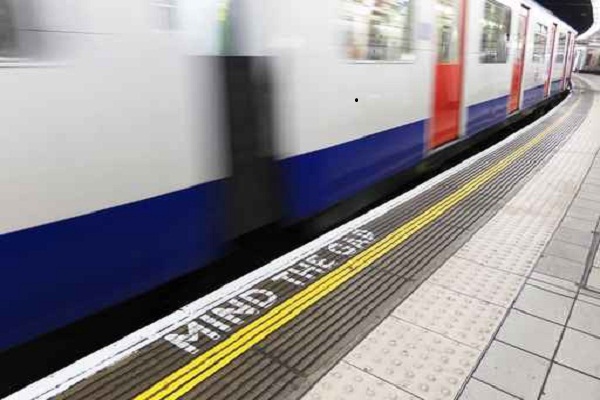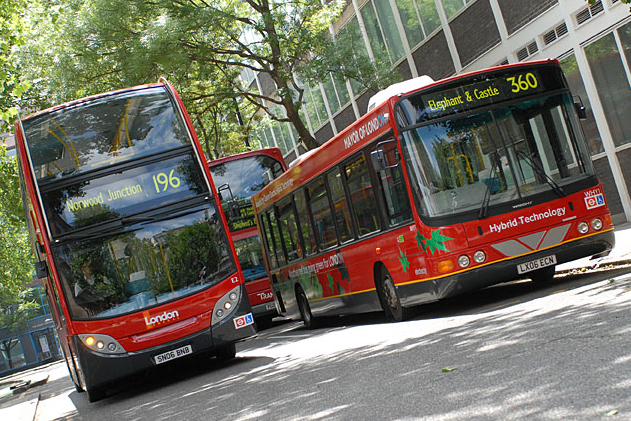TfL to switch from Microsoft's Bing service to Google Maps
Revamped Transport for London website will debut later this year with improved mobile, mapping and navigational controls.

Transport for London (TfL) is planning a major overhaul of its public-facing web services to provide users with improved access to mapping tools and real-time information across multiple devices.
The organisation is responsible for running much of London's transport network, and its website is visited by eight million unique users each month who rely on it for journey planning purposes.
The tools are good and they're well used, but they're not integrated together.
Its web space is comprised of 70 different websites at the moment, covering the full gamut of TfL's services, but the firm hopes to scale this back to around 10 once the refresh is complete.
Speaking at an event in central London earlier today, Phil Young, head of online at TfL, said the company needed to streamline the number of web pages it hosts to make everyday processes easier for customers to navigate.
"The tools are good and they're well used, but they're not integrated together," said Young.
"We have 70 websites in use at TfL...and that means if you're planning a journey and you want to get a fare for that journey and buy a ticket, that's three different web sites...with multiple logins.
"We don't make it as easy for customers as we would like," he added.
Sign up today and you will receive a free copy of our Future Focus 2025 report - the leading guidance on AI, cybersecurity and other IT challenges as per 700+ senior executives
Aside from this, the new sites will provide users with better mapping tools, improved access to local and personalised information, and a single sign on for customers.
The content will also be delivered in a "reactive way" that adapts to the size of screen users access it on.
"We have five different mapping platforms...[as we use] something different in Journey Planner that we use for buses, and we've got that fragmentation...and give customers a really inconsistent experience across those platforms," said Young.
To remedy this, the company plans to do away with these multiple platforms (which include Bing Maps, NavTeq and Open Streetmap) and replace it with a Google Maps API, and combine this with the search giant's other location services, including Street View, to help users plan their journeys better.
TfL is planning to introduce a new service based on this set up called Nearby to provide customers with information on all of the "transport assets" around them, explained Young.
For instance, users will be able to track bus and tube departures, and find out where their nearest supply of "Boris Bikes" are.
"Our challenge is moving people around London smoothly, helping them optimise the use of our networks and reduce congestion," he added.
"Enabling people to check their service status and their maps is to make that as good a user experience as we can possibly do."
Work on the project began 10 months ago, and its revamped web presence is expected to enter public beta within the next two month before going live later this calendar year, revealed Young.
"In this space we have to be incredibly agile to move with devices and consumer trends and you can see from our historical development task, 2007 is a long time to leave it before making a significant change," he added.
-
 AI coding tools are booming – and developers in this one country are by far the most frequent users
AI coding tools are booming – and developers in this one country are by far the most frequent usersNews AI coding tools are soaring in popularity worldwide, but developers in one particular country are among the most frequent users.
-
 Cisco warns of critical flaw in Unified Communications Manager – so you better patch now
Cisco warns of critical flaw in Unified Communications Manager – so you better patch nowNews While the bug doesn't appear to have been exploited in the wild, Cisco customers are advised to move fast to apply a patch
-
 EE Cash on Tap contactless payments now accepted on London buses
EE Cash on Tap contactless payments now accepted on London busesNews EE confirms commuters can now use their smartphones to pay for London bus journeys
-
 TfL trials interactive bus stop technology in Regent Street
TfL trials interactive bus stop technology in Regent StreetNews TfL teams up with Clear Channel UK to bring real-time, interactive travel information to tourists and commuters.
-
 TfL puts underground mobile phone plans on hold
TfL puts underground mobile phone plans on holdNews Plans to make mobile phone use possible on the Tube have been put on hold with cost and unsuitable proposals taking the blame.